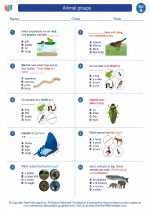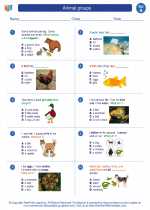What is a Satellite?
A satellite is an object that orbits around a larger object. In the context of space, a satellite is a man-made object that is launched into space and orbits the Earth or another celestial body. Satellites are used for various purposes, including communication, weather monitoring, navigation, scientific research, and more.
Types of Satellites
There are different types of satellites, each designed for specific functions:
- Communication Satellites: These satellites are used to relay communication signals, including television, radio, and internet data, between different locations on Earth.
- Weather Satellites: These satellites are equipped with instruments to monitor and study weather patterns, including cloud formations, temperature, and precipitation.
- Navigation Satellites: These satellites are part of global navigation systems, such as GPS, and are used for determining the position, velocity, and time synchronization of objects on or near the Earth's surface.
- Observational Satellites: These satellites are used for scientific research, Earth observation, and remote sensing. They can monitor changes in the environment, track natural disasters, and study the Earth's surface and atmosphere.
How Satellites Work
Satellites are launched into space using rockets and placed into specific orbits around the Earth. Once in orbit, they remain in motion due to the balance between the gravitational pull of the Earth and their forward motion. They are powered by solar panels or onboard batteries and equipped with communication antennas, sensors, and other instruments to perform their intended functions.
Study Guide
If you are studying the topic of satellites, here are some key points to focus on:
- The purpose and functions of satellites
- The different types of satellites and their specific roles
- How satellites are launched into space and placed into orbit
- The technology and instruments used on satellites
- The impact of satellites on communication, weather monitoring, navigation, and scientific research
[Satellite] Related Worksheets and Study Guides:
.◂Science Worksheets and Study Guides First Grade. Animal groups

 Worksheet/Answer key
Worksheet/Answer key
 Worksheet/Answer key
Worksheet/Answer key
 Worksheet/Answer key
Worksheet/Answer key
 Vocabulary/Answer key
Vocabulary/Answer key
